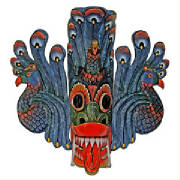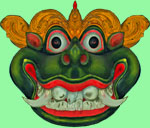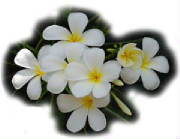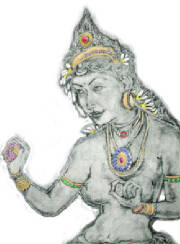|
|
Gods, Demons and Dead Kings: The theme of Magical Realism |
||||
 In The Devil Dancers, Nash Tharmalingam considers
writing a history of his country: But
it could not be a history book, at least not one of the rigidly factual works favoured by western authors. Bare facts and
dates could never encompass the Island's personality. It requires a history written in the manner of the ancient Greeks:
part Iliad, part Odyssey, in which mythology is used to explain reality. How else could one explain the extraordinary influences
that have shaped Ceylon?
When I tried to explain the element of magical realism in the book, a friend asked: "Is it like Harry Potter?" Actually, The Devil Dancers is not a bit like Harry Potter. It is definitely a book for adults. However, I do have something in common with J. K. Rowling, that is, we have both been inspired by classical mythology. The difference is that Ms Rowling draws upon mythological characters while I have used a device common in classical works. This explains historical events as the consequence of supernatural intervention in the affairs of men. I believe that this approach is particularly appropriate to the circumstances prevailing in 1950s Ceylon. In his book ‘Legends of People Myths of State', Bruce Kapferer provides several examples of how classical Ceylonese mythology has become part of the political discourse in modern Sri Lanka. Stories from the 6th century Buddhist chronicle, The Mahavamsa, have been presented as irrefutable historical fact with little or no scientific evidence to support them. This is particularly true of the story of Prince Vijaya who many Sinhalese regard as the founder of their race. The use of magical realism therefore seemed appropriate when trying to describe the thoughts and beliefs of contemporary Ceylonese at a time when their country was beginning the painful transition from its colonial past to Independence. Together with Prince Vijaya, two other legendary characters -
Hooniyam and Kasyapa - have particular significance for this period. |
|
|||
|
|
||||


